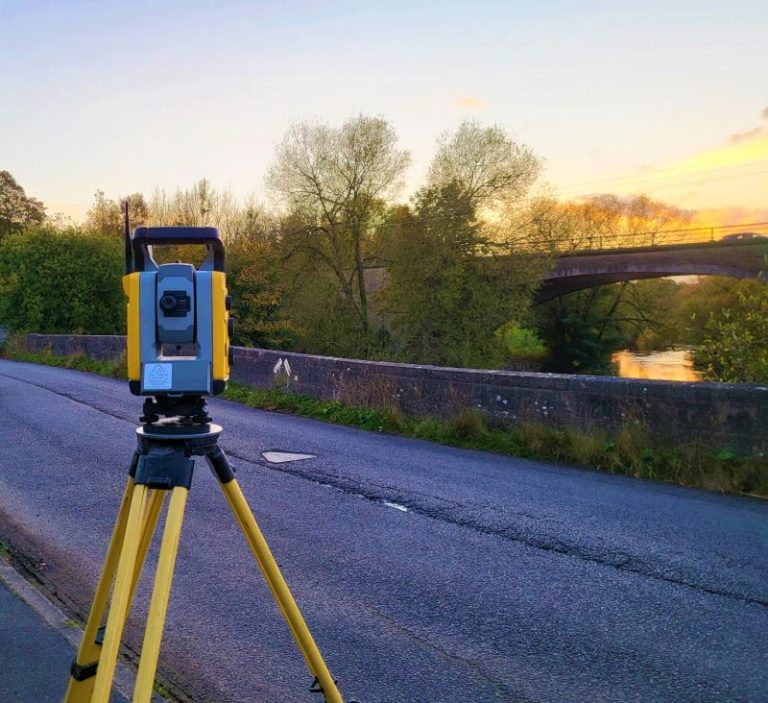The Essential Role of Setting Out Engineering in Modern Construction
Wiki Article
Important Devices and Methods in Laying Out Design
The discipline of setting out engineering relies greatly on a suite of necessary devices and methods that underpin the precision and effectiveness of task implementation. What implications does this hold for future design techniques?The Value of Accurate Dimensions

The significance of exact dimensions expands beyond plain compliance; they are integral to the overall effectiveness of engineering procedures. Errors can bring about material waste, job delays, and boosted labor prices, inevitably affecting the task's profits. Precise dimensions enhance the quality of the last product, ensuring that it executes as intended and meets the expectations of stakeholders.
Additionally, the significance of precise measurements appears in various design self-controls, including civil, mechanical, and electrical engineering. Each area demands a special technique to measurement, yet the underlying requirement for precision continues to be consistent. As tasks come to be significantly complicated, the dependence on precise measurements will only increase, underscoring the need for consistent developments in measurement techniques and modern technologies. Hence, cultivating a culture that prioritizes precision is important for the future of engineering.
Essential Devices for Laying Out
Laying out, a vital phase in the engineering and building process, depends greatly on particular devices that ensure exact location and alignment of frameworks. Amongst these devices, the land surveyor's level stands out, supplying precise horizontal dimensions necessary for establishing recommendation factors. This tool allows designers to determine elevation modifications and keep uniformity across the task site.
The overall terminal is another important tool, integrating electronic distance dimension with angular measurement capabilities. This innovation boosts efficiency and accuracy in catching spatial information, permitting effective site layout and planning.
Furthermore, making use of gauging tapes and noting tools, such as chalk lines or risks, is basic for momentarily noting borders and crucial points on the website. These standard devices, though basic, are vital for guaranteeing clear communication among the building team concerning project specifications.
Lastly, GPS technology has acquired traction in laying out processes, giving real-time placing information and significantly improving precision over standard approaches. Jointly, these essential devices create the foundation of effective setting out techniques, inevitably contributing to the successful execution of engineering and construction tasks.
Advanced Evaluating Methods
Advanced surveying techniques play a pivotal duty in improving the precision and efficiency of design jobs. These methods encompass an array of methods that give accurate information for design and building and construction. Conventional techniques, such as leveling and triangulation, have actually developed right into extra innovative techniques, including Complete Station studies and Worldwide Navigation Satellite Solution (GNSS)Total Terminal devices incorporate digital theodolites with range measurement capabilities, enabling property surveyors to gather specific location information with great speed. This modern technology substantially reduces mistakes connected with manual measurements and gives real-time data handling. GNSS provides unrivaled precision for large jobs by utilizing satellite signals to determine precise positioning, which is essential for lining up structures and making certain compliance with design specs.
In enhancement to these devices, progressed techniques also incorporate geospatial analysis and 3D modeling. These approaches make it possible for designers to visualize terrain and site problems much more efficiently, assisting in far better decision-making throughout the preparation stage. By using these innovative evaluating techniques, design tasks can attain better accuracy in design, lower rework, and ultimately enhance total task success.
Digital Modern Technology in Design
The combination of electronic innovation has transformed engineering methods, boosting both efficiency and accuracy across numerous techniques. Devices such as Structure Info Modeling (BIM) assist in the visualization and management of complex jobs, allowing engineers to team up effortlessly and make educated choices. This innovation allows the creation of thorough 3D designs, which can be analyzed for structural stability and effectiveness before building and Topographical Surveying construction begins.
The application of man-made intelligence and machine understanding in engineering procedures better improves anticipating upkeep and optimization of resources. Generally, electronic technology is reshaping the engineering landscape, driving technology, and guaranteeing that jobs are finished with better efficiency and reduced risk.
Best Practices for Implementation
When carrying out electronic technology in design, it is critical to establish a tactical technique that straightens with task goals and organizational abilities. A thorough assessment of existing workflows and innovation framework is vital to identify gaps and opportunities for enhancement. Involving stakeholders early while doing so cultivates cooperation and makes certain that the innovation fulfills customer demands.
Project supervisors ought to take on a repetitive implementation technique, enabling for modifications based upon real-time comments and efficiency analyses. This dexterous strategy not only reduces dangers however likewise promotes constant renovation by including lessons found out.
Verdict
To conclude, the combination of important tools and advanced techniques in laying out engineering is essential for guaranteeing precision in measurements and successful task implementation. Utilizing tools such as land surveyor's degrees, overall stations, and GPS technology, along with modern-day evaluating approaches, improves accuracy and reduces the chance of mistakes. Taking on ideal methods in implementation further maximizes these procedures, ultimately fostering boosted job outcomes in the design and building markets.The self-control of setting out design depends greatly on a collection of important tools and strategies that underpin the accuracy and performance of job execution.Additionally, the importance of exact measurements is evident in different engineering techniques, including civil, mechanical, and electric engineering. By using these sophisticated checking techniques, design projects can accomplish greater precision in format, minimize rework, and ultimately improve total job success.
On the whole, electronic technology is improving the design landscape, driving advancement, and ensuring that jobs are completed with higher efficiency and decreased threat (setting out engineering).In conclusion, the assimilation of necessary tools and progressed strategies in setting out engineering is essential for making certain accuracy in measurements and successful job implementation
Report this wiki page